Cotija is a hard cheese made from raw cow milk and originates from the town of Cotija in Mexico. It is a delicious cheese that changes its texture and flavor profile over time. Like feta, a freshly made batch will have a white appearance with a strong salty flavor. After the aging process, it becomes hard and crumbly, like parmesan. Cotija is known as the "Parmesan of Mexico."
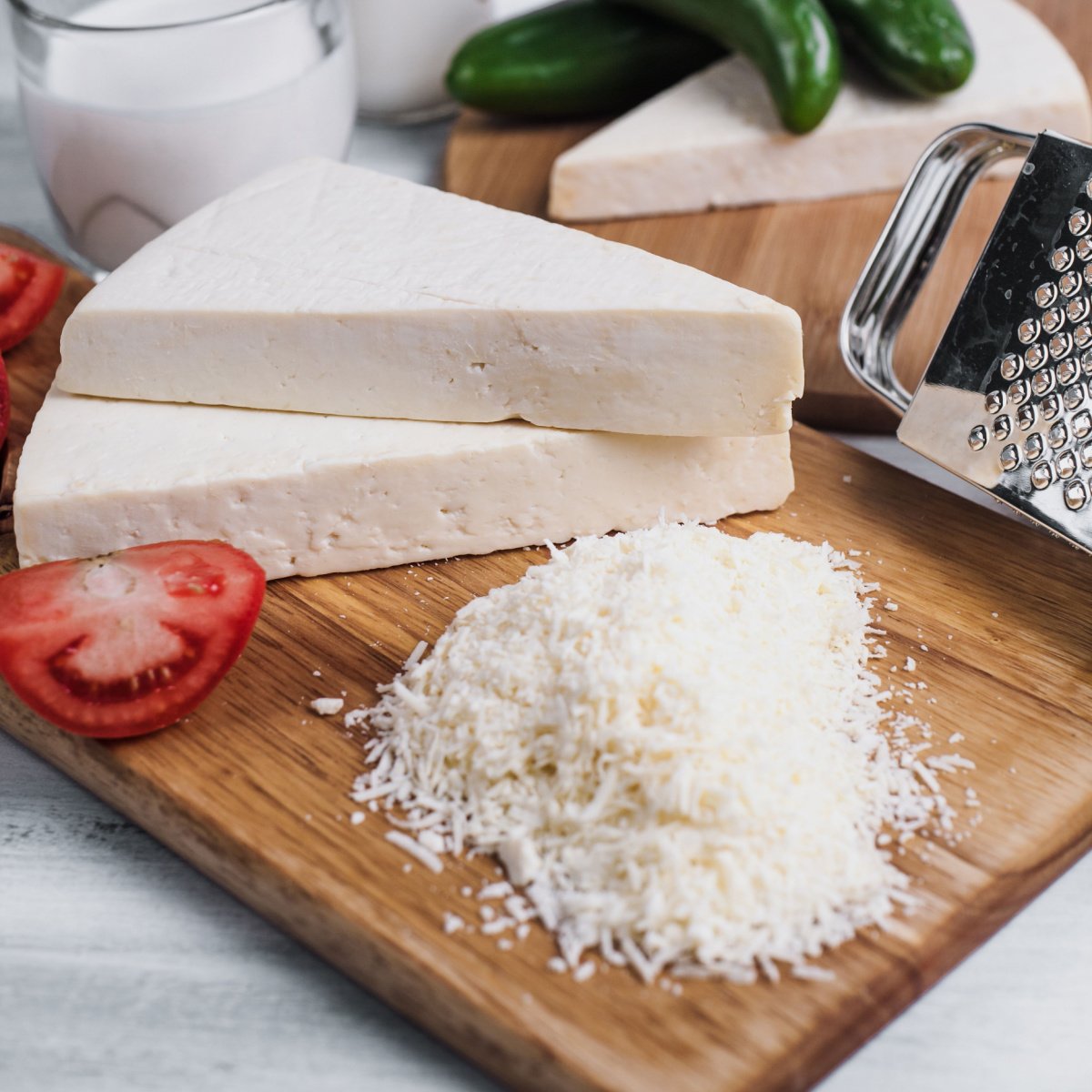
If you’re looking for Cotija cheese substitutes, then you’re in the right place. This article provides five commonly available cheese varieties that will work perfectly in your next recipe.
Table of Contents
What can I use as a Cotija cheese substitute?
If you need to replace mature Cotija cheese in your next recipe, then Parmesan, Romano, or Padano are all excellent options. Each cheese has a hard texture and is salty in flavor. In a pinch, feta could be used as a savory topping and ricotta is a useful replacement if you’re cooking for people that prefer milder-tasting cheese.
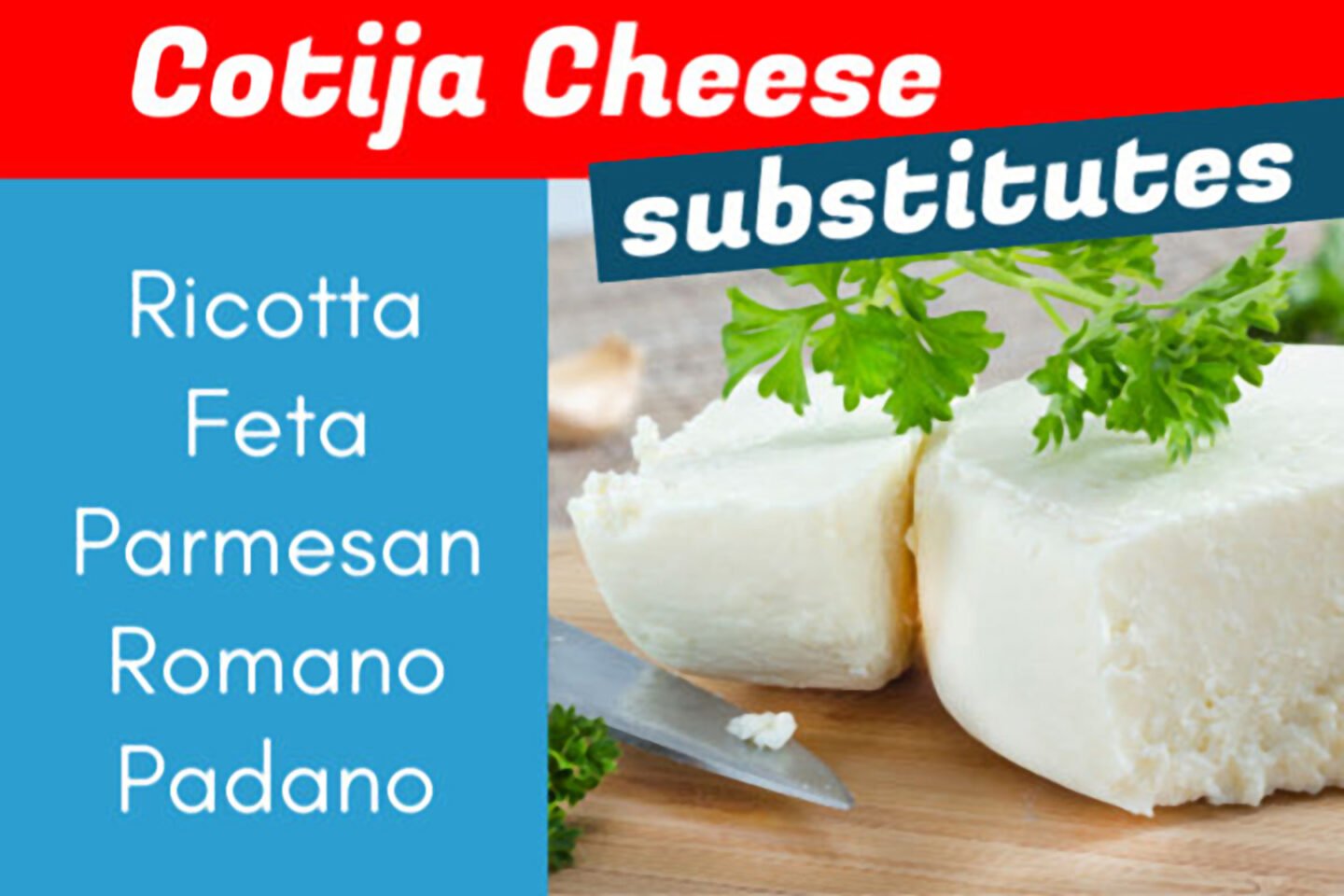
Now let's take a closer look at each replacement so that you can decide which is best for you. You may also want to consider making your own Cotija? We've included a recipe further down the page for anyone that loves making their own cheese.
1. Parmesan
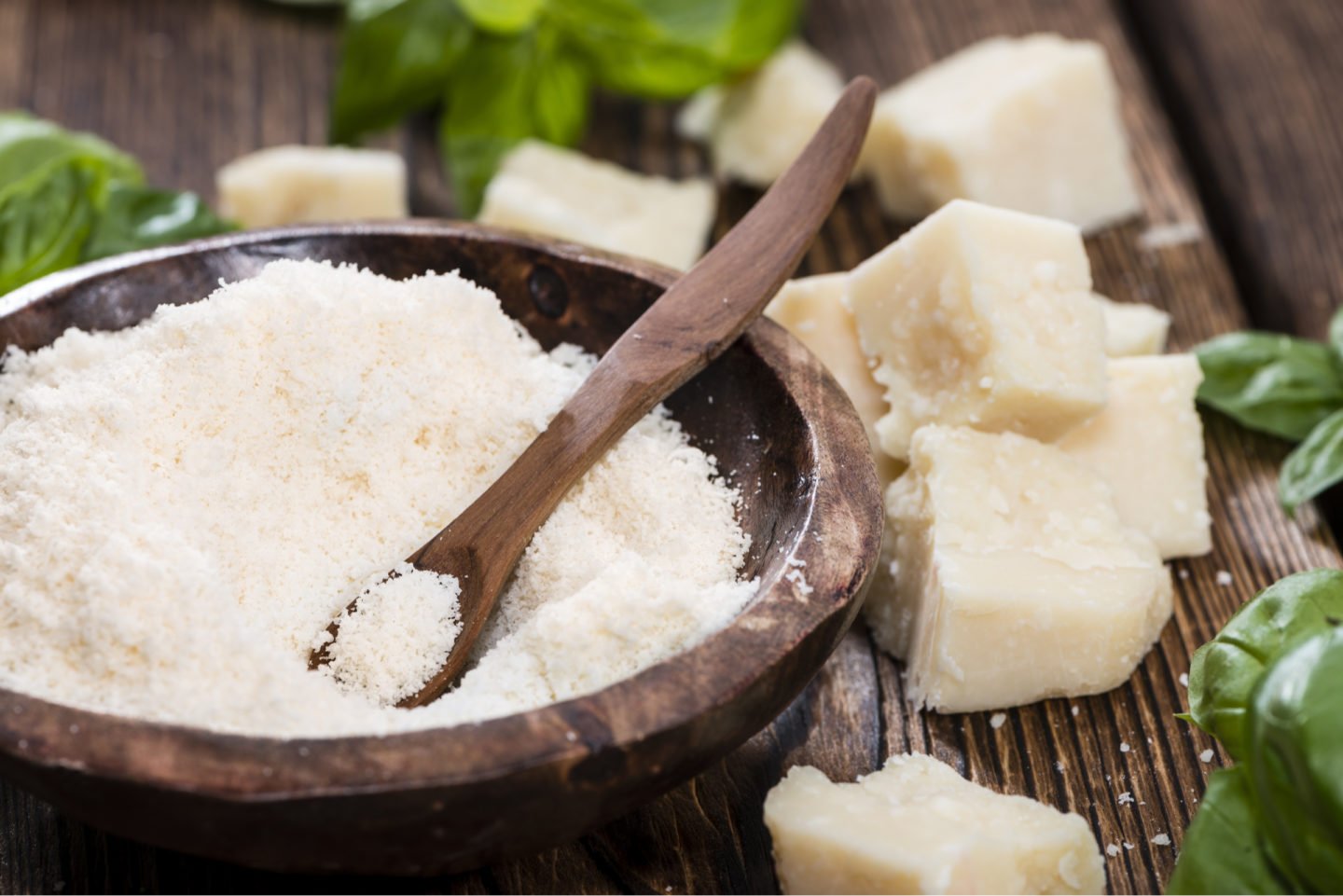
Parmesan should be your go-to option as a replacement for Cotija cheese. The texture, saltiness, and other flavors are quite similar; your guests would be unlikely to know the difference. It is a hard, grainy cheese with a sharp, pungent flavor profile and a nutty undertone. Parmesan cheese is well known for its use in Italian cooking: pasta, risotto, and pizza. It can be used as an ingredient in any recipe that calls for Cotija cheese.
We have tried virtually every parmesan on the market, and igourmet Parmigiano offers excellent flavor [paid link].
2. Romano
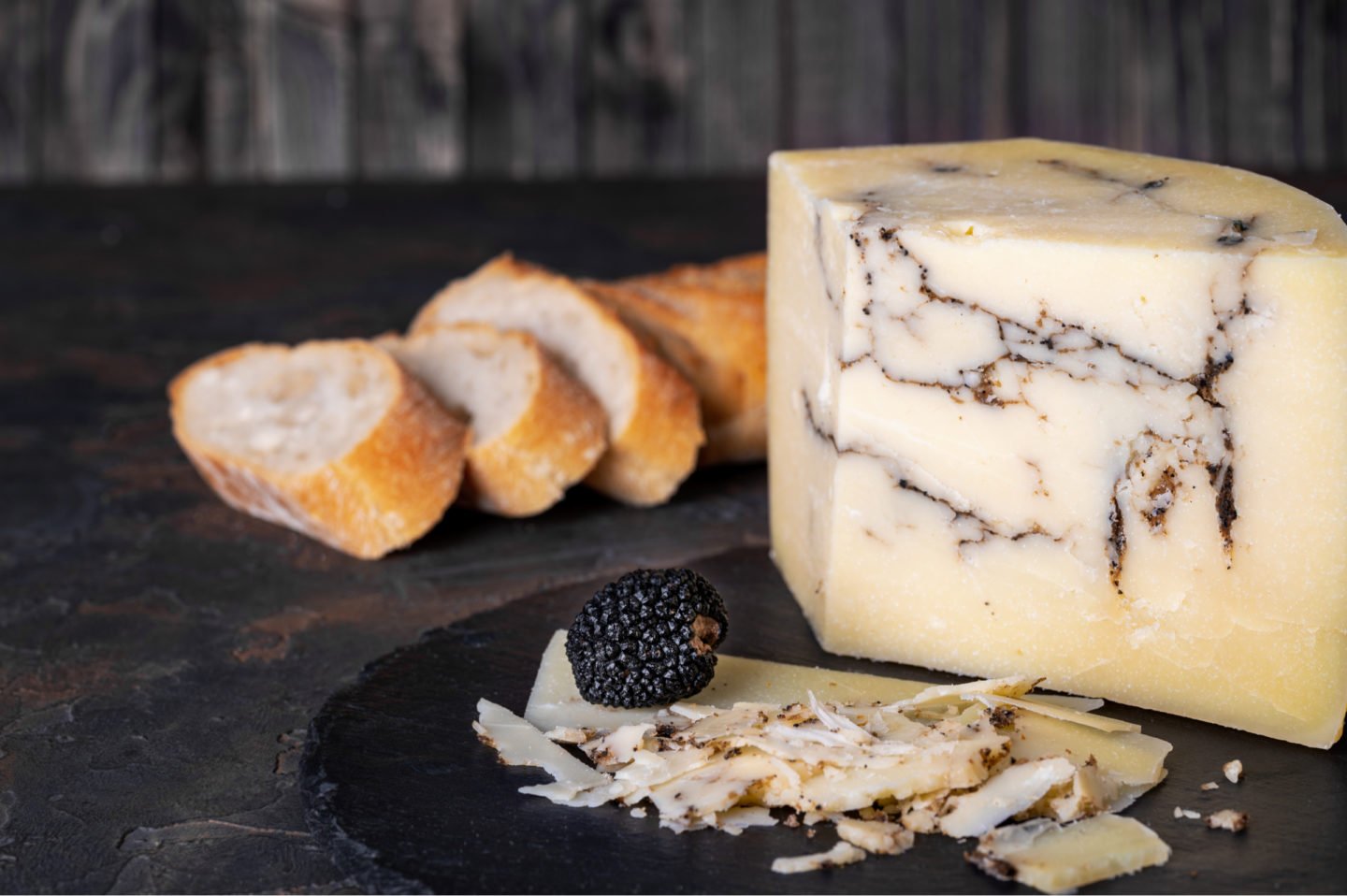
Romano, or Pecorino Romano, is named after Rome and dates back to 1st century B.C. It offers a similar flavor profile to parmesan. Both are umami-rich and salty although Romano cheese has a more powerful salt/tang punch. It’s this flavor that makes it ideal for a casserole, soup, and sauce recipes that call for Cotija. Pecorino is also useful in recipes that call for manchego.
3. Padano
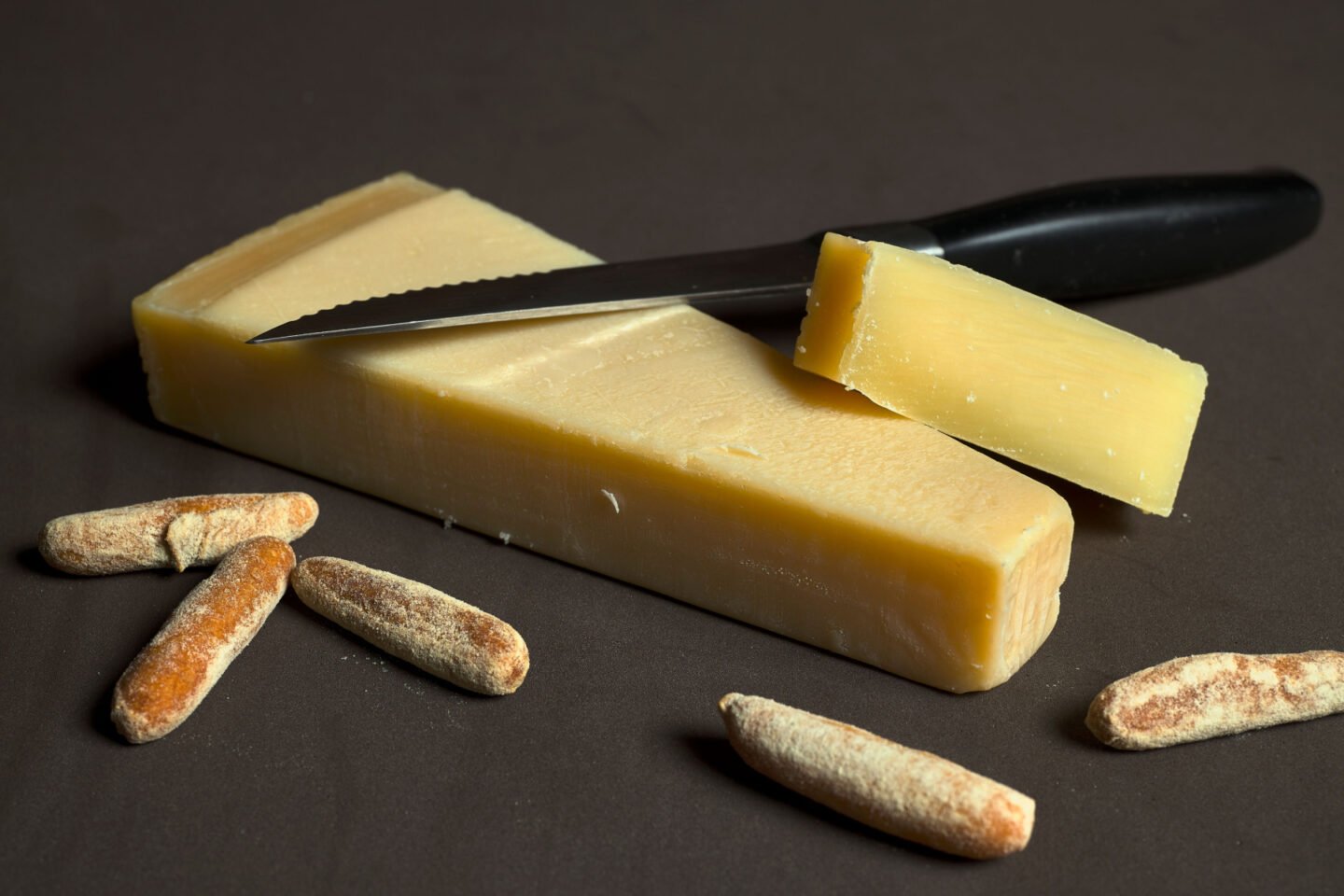
Padano has a similar hard texture to Cotija cheese. We’d choose Parmesan or Romano first as an alternative to Cotija. The reason is that Padano has a sweeter, more subtle flavor that doesn’t quite offer the same cut-through. If you’re cooking for kids or adults that don’t like “exotic” flavors, then Padano may be a good option for this reason.
Related reading:
Do you need a useful Taleggio cheese alternative? Read more here.
4. Feta
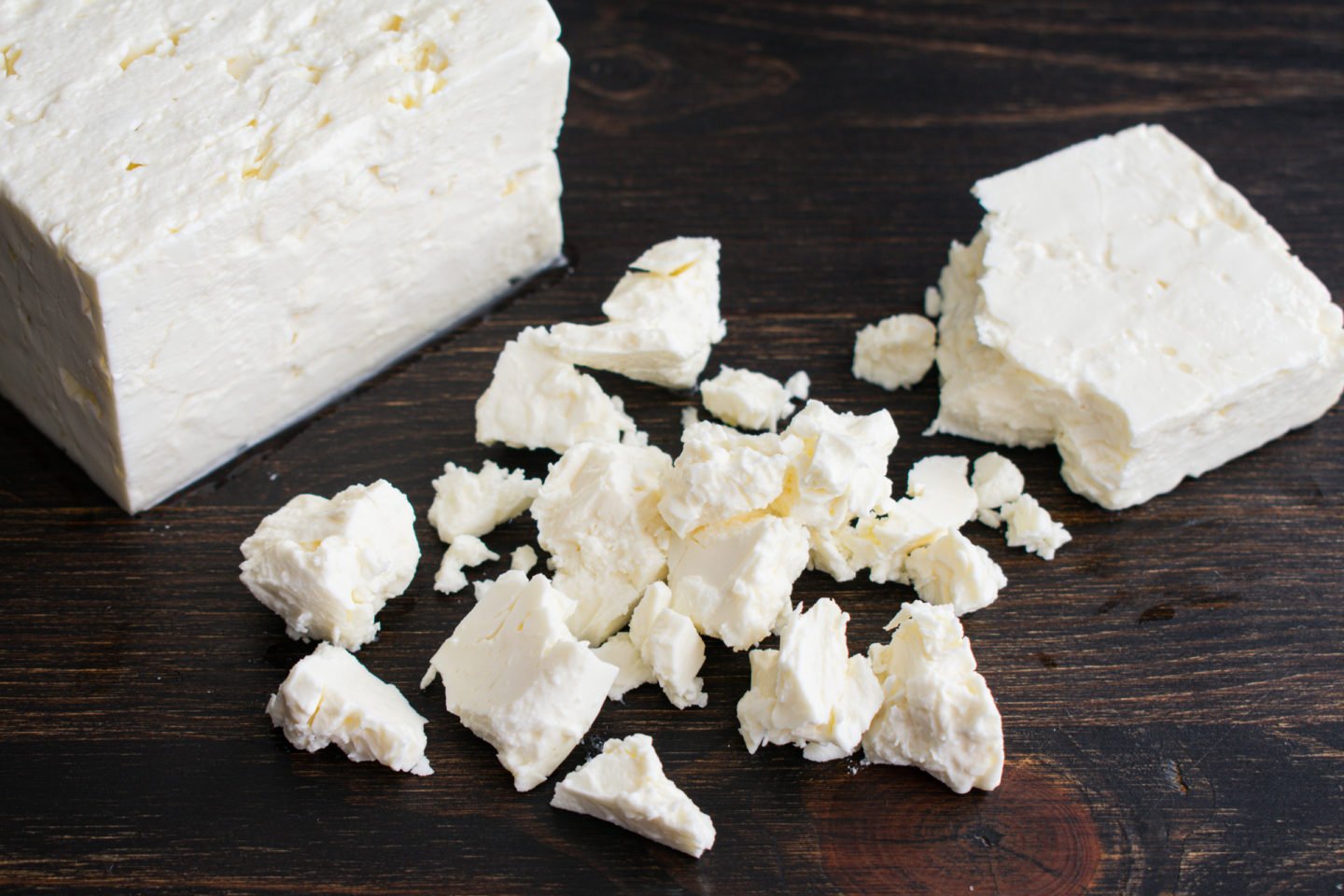
The salty, tangy flavor offered by feta makes it an excellent choice for pizza, salad, crumbled onto vegetables or added as a stuffing ingredient to peppers.
Choosing the right feta will make all the difference as they range in flavor significantly. To mimic the taste of Cotija cheese, I recommend the very popular Valbreso French Feta Cheese.
5. Ricotta Salata
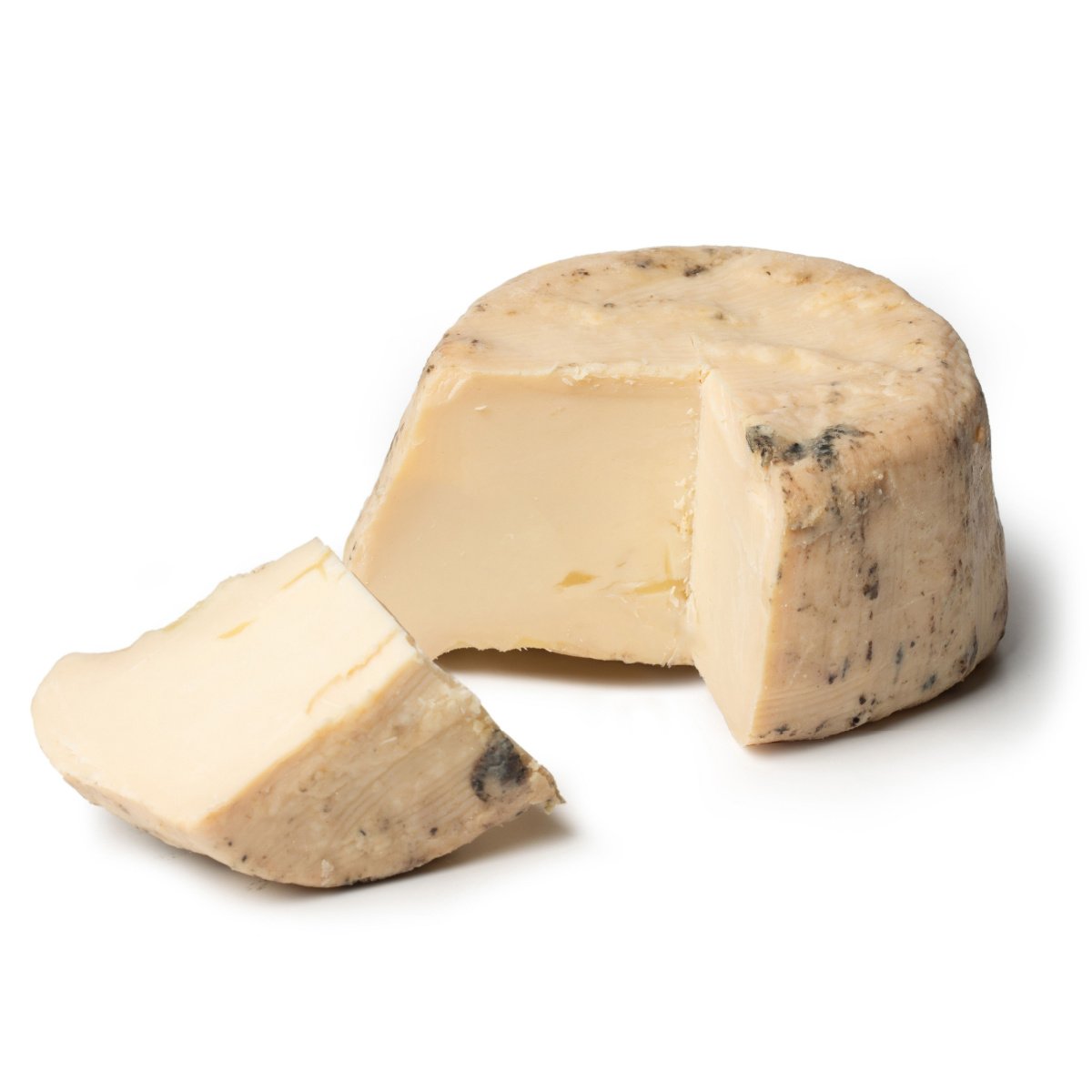
A commonly used substitute for Cotija cheese that folks love to use is ricotta. Use it to top corn (elote), in tostadas, and tacos. The main reason for using ricotta is its visual appearance. It doesn’t provide the same sharp, aged flavor that comes from Cotija cheese. Because the flavor profile of ricotta is milder, it isn’t recommended for dishes like casseroles, soups, and sauces.
Quick Tip: Slicing hard cheese like Cotija or parmesan isn’t easy! To make your life easier and to slice perfect sized slices, check out our review of the cheese slicers we like. They’re affordable, and once you add this utensil to your kitchen you’ll wonder why you didn’t invest in one sooner!
Watch the Quick Video for Ideas
How to Make Cotija Cheese at Home
This is a basic recipe for making Cotija. You may also be interested in our illustrated, in-depth guide to making cheddar cheese.
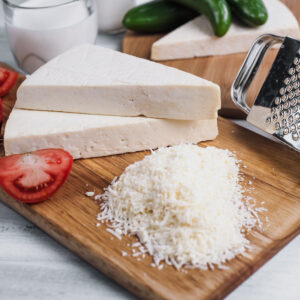
Homemade Cotija Cheese
Ingredients
To make the cheese
- 8 cups unhomogenized whole milk
- 10 drops calcium chloride
- 4 grains mesophilic starter culture
- 1 mL liquid rennet Dilute liquid rennet in 30ml non-chlorinated water.
To make the brine
- 2 cups boiled water
- 2 Tbsp salt
- ¼ tsp citric acid
- 10-12 drops calcium chloride
Instructions
Making the Cheese
- Turn oven onto the lowest temperature setting.
- Add milk and calcium chloride to a large saucepan and heat on low-medium heat, continually stirring, until the milk reaches 100°F (38°C).
- Remove from heat and add the starter culture. Allow to stand for 2 to 3 minutes then stir for 30 seconds.
- Place a lid on the saucepan and add to oven for 20 minutes.
- Remove saucepan from oven and mix in cheese salt.
- Mix the diluted rennet into the milk for 30 seconds then cover the saucepan and return to the oven, on the lowest temperature setting for 1 hour. The result should be a curd.
- Cut the curd into small 1-inch cubes. If they are soft and you’re not getting clean cuts then allow the curd to continue resting for 15 minutes. Once you have cut all the cubes, allow the curd to rest for a further 15 minutes.
Pressing the Curd
- Scoop curds gently into a colander lined with cheesecloth. It’s best to use a slotted spoon to do this job. Wait 10 minutes.
- Scoop curds into a cheese press lined with cheesecloth. Cover the curds with the cloth and press for 30-45 minutes.
- Swap the cheese to its other side and press for another 12 hours.
Brining
- Combine the water, salt, citric acid, and calcium chloride to make the brine solution.
- Add the cheese to the brine for 30 hours then remove and place in a container that includes a rack for draining. Allow the cheese to mature for 14 days in the fridge.**
- ** You’ll need to flip the cheese every other day. If you see any signs of mold, then rub with salt.
Notes
Nutrition
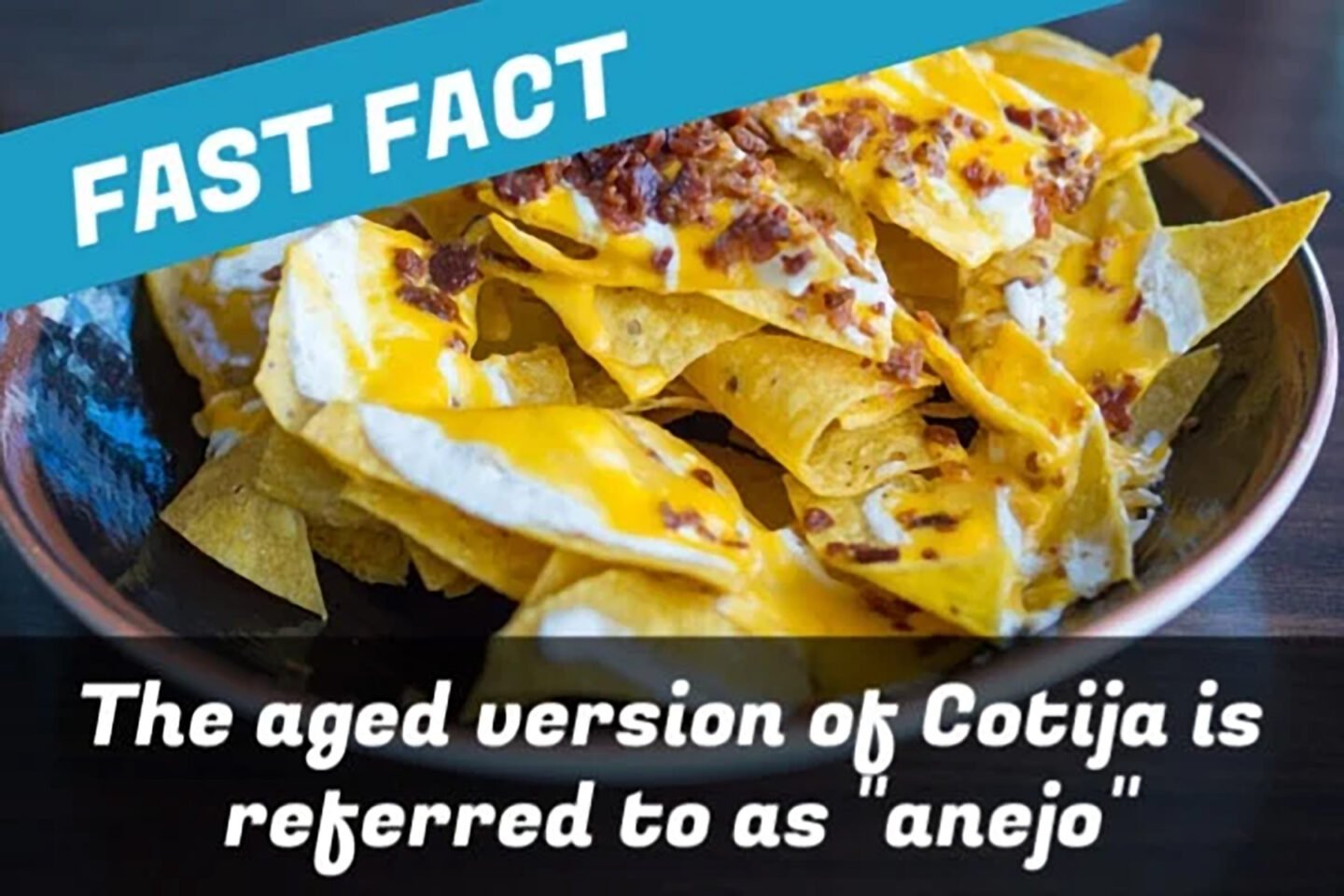
Cotija Cheese vs. Queso Fresco
These are two different types of cheese that are often mixed up. Queso fresco is a fresh cheese that is soft and mildly flavored. Cotija cheese is aged, so it’s a hard cheese and much saltier. If you'd like to learn more, check out our guide on queso fresco substitutes.
Conclusion
Cotija is a hard cheese made from cow’s milk and is similar to parmesan cheese. It has excellent grating properties and is worth keeping a block in the fridge if you can get your hands on it. The salty, crumbly cheese has many uses including all your Mexican favorites like tostadas, tortillas, tacos, and chili. Other possible uses include casserole, Croque Monsieur, soup, pasta, and salad.
Need Cotija cheese? Your best option is this Cotija cheese available from Amazon that will lift any dish! If you’re looking for a good substitute for Cotija cheese, then you’ll do well to use parmesan. They’re both hard cheeses that are quite salty and pack a pungent flavor profile. Not all parmesans are the same, though; we recommend this brand of Parmigiano that’s well known for a flavor profile that closely matches Cotija and is excellent quality.
What’s your favorite alternative if there’s no Cotija in the kitchen? Please leave a comment below so that we can give it a test.
We created an infographic below, which you’re welcome to share. Please credit us for our work, though.
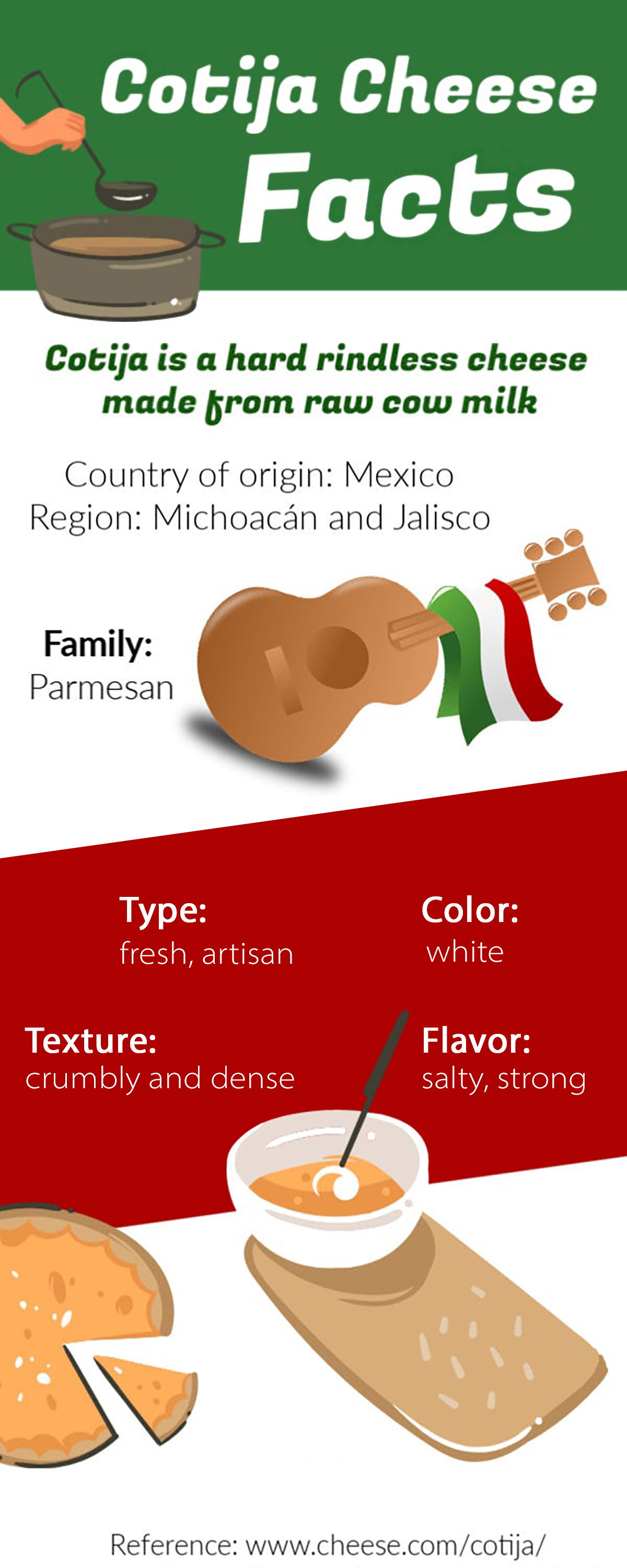

Leave a Reply